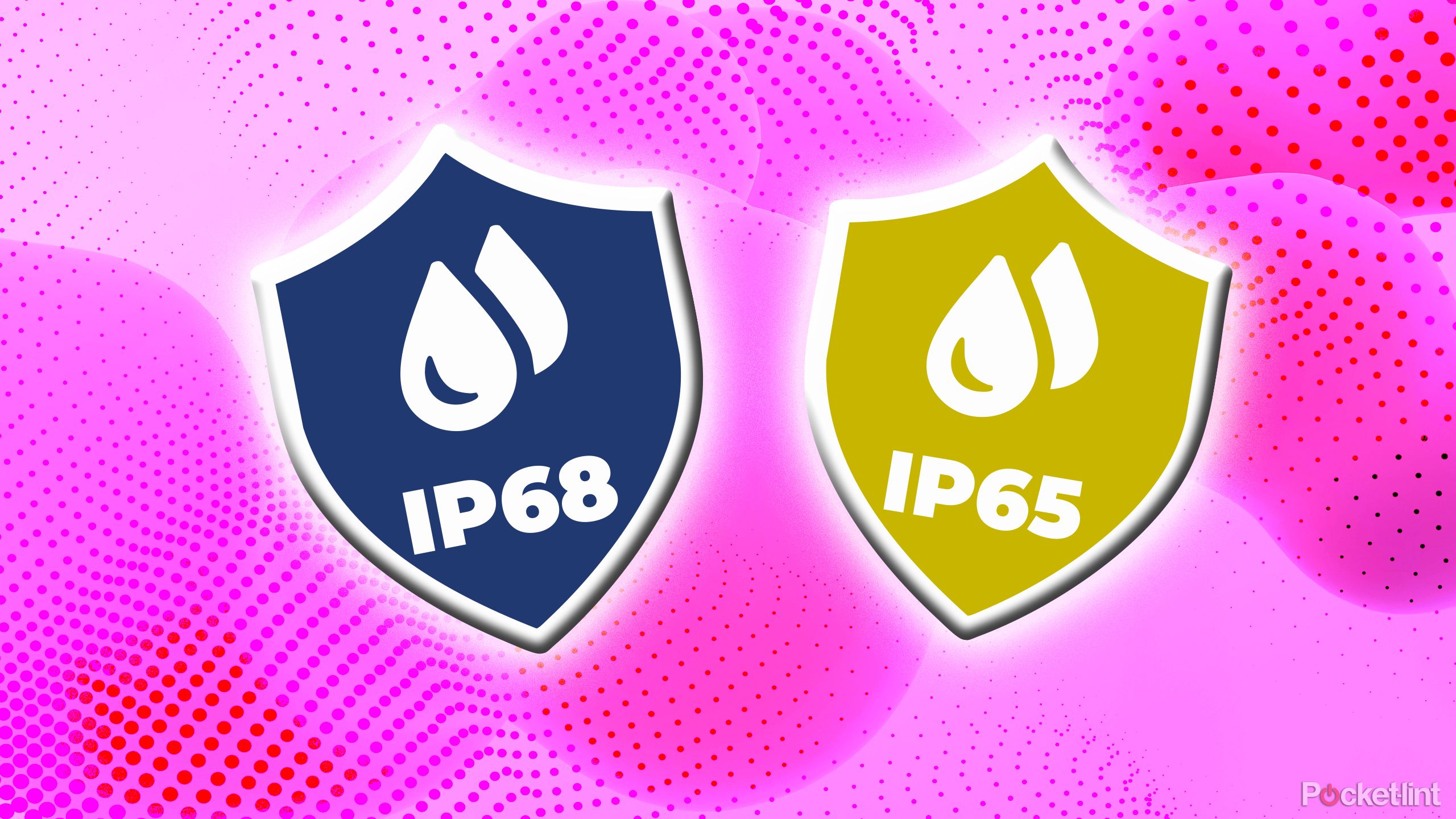
Before you take your device for a swim, here's the IP rating you actually need
- 23.03.2025 19:24
- pocket-lint.com
- Keywords: AI, Startup, Market Growth, Revenue Drop
For swimming, devices need at least IP68/IP69 ratings, 5ATM or higher, and salt/chlorine resistance. Dry them after use to extend lifespan.